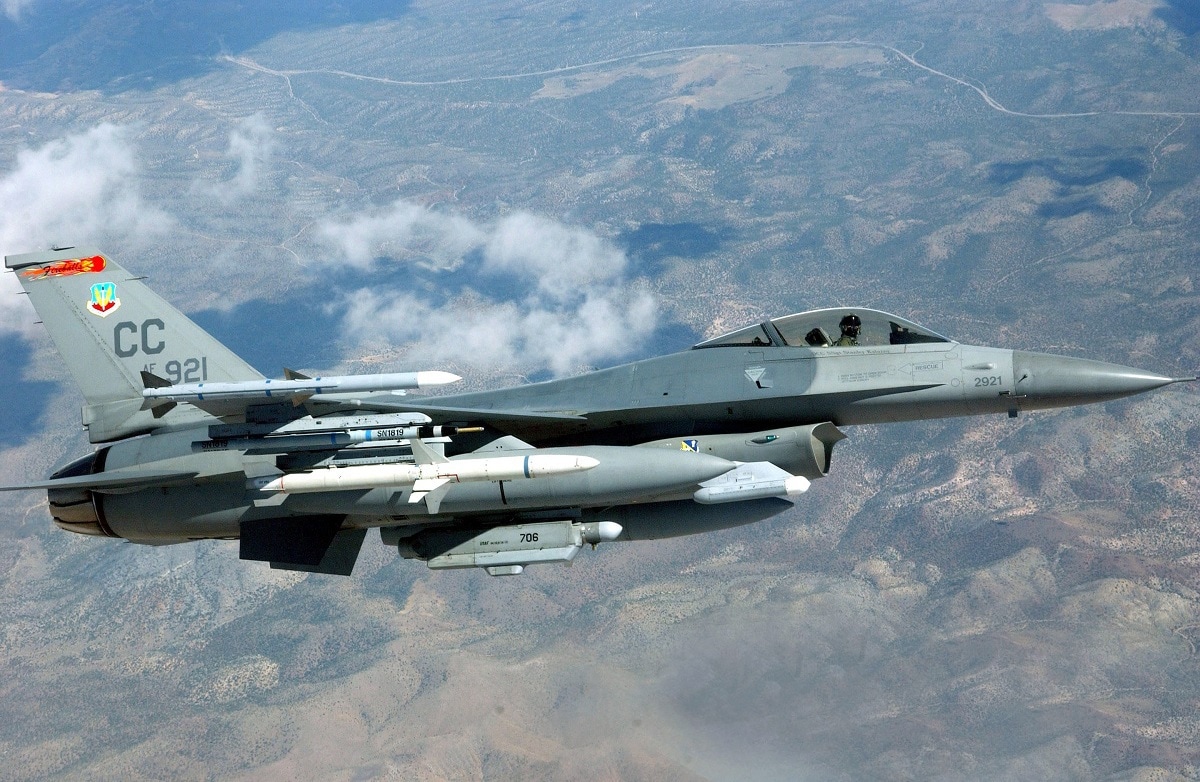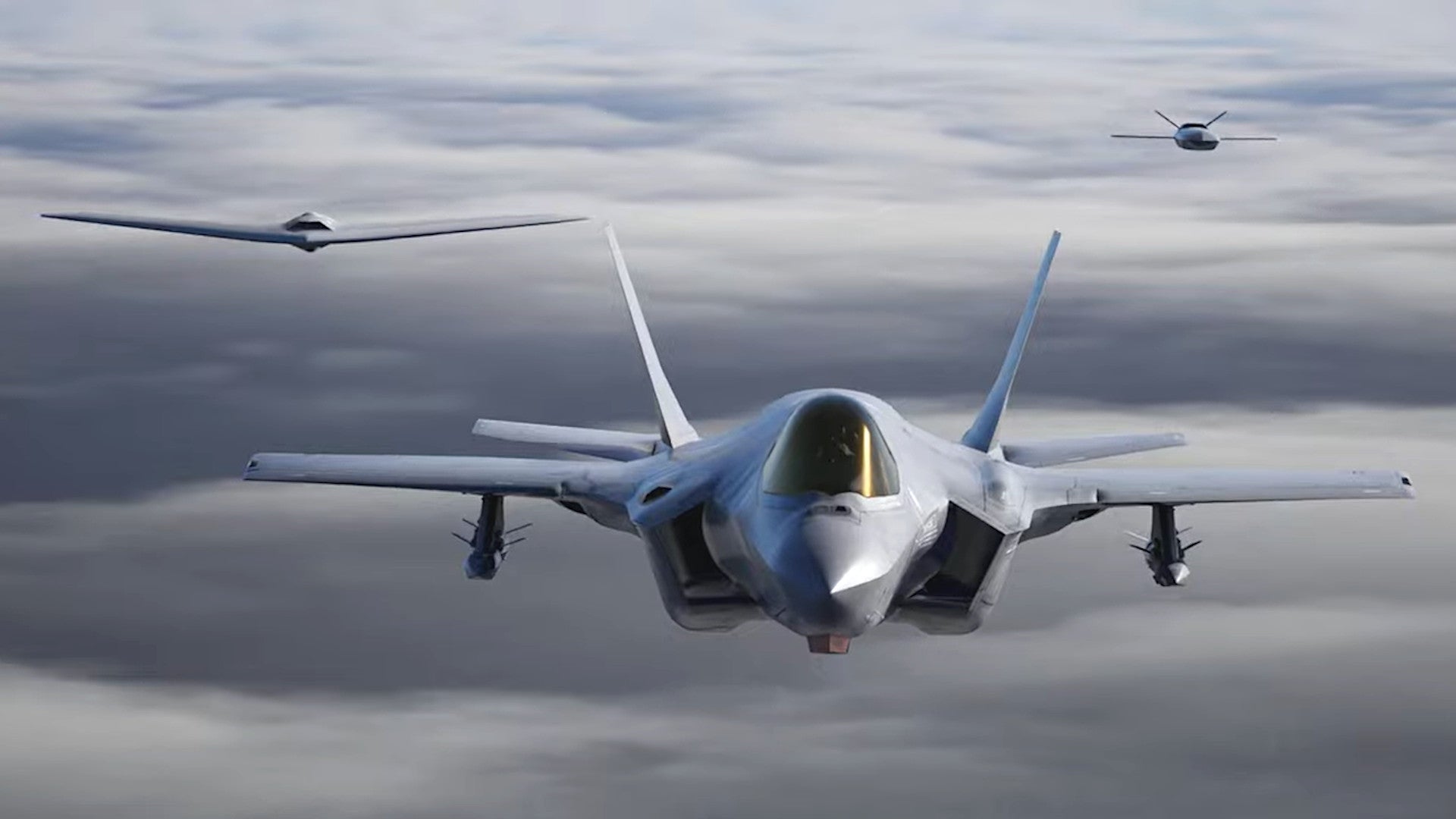- Reaction score
- 147
- Points
- 710
Meanwhile in US:
Mark
Ottawa
Pentagon Unveils Details On Effort To Equip Its Services With Massive Swarms Of Deadly Drones
The Pentagon has quietly laid critical groundwork for fielding weaponized swarms of drones across all of the services.
The Pentagon has announced that one of its offices has completed planned research and development work on a number of unmanned swarming technologies and has now turned them over to the U.S. Air Force, Army, Navy, and Marine Corps to support various follow-on programs. The systems in question are the Block 3 version of Raytheon's Coyote unmanned aircraft and an associated launcher, a jam-resistant datalink, and a software package to enable the aforementioned drones to operate as an autonomous swarm. These developments give us a glimpse into what has been a fairly opaque, integrated development effort to field lower-end swarming drones across the services that leverages common components.
All of these technologies were developed under the auspices of the Low-Cost Cruise Missile (LCCM) effort, led by the Pentagon's Joint Capability Technology Demonstration (JCTD) program office. The Air Force Research Laboratory (AFRL) and Office of Naval Research (ONR) were also directly involved in the project, which dates back at least to 2017. While Raytheon led the development of the Coyote and its launcher, L3Harris was the prime contractor for the datalink, and the Georgia Tech Research Institute at the Georgia Institute of Technology headed up work on the "autonomy software module."..
Readily available details about the LCCM project are limited. It "provides a decentralized autonomy capability for low-cost, conventional air-launched cruise missiles that will enable joint access and maneuver in the global commons," according to the Pentagon's 2019 Fiscal Year budget request "It will be capable of conducting networked integrated attacks, in-flight dynamic retargeting/reallocation and synchronized cooperative/saturation attacks."
"Flight demonstrations will be conducted using surrogate weapon platforms and will provide residual leave-behind payloads for transition to a full weapon system development program," it continued. "FY 2017 funds were used to begin production of LCCM air vehicles."..

Pentagon Unveils Details On Effort To Equip Its Services With Massive Swarms Of Deadly Drones
The Pentagon has quietly laid critical groundwork for fielding weaponized swarms of drones across all of the services.www.thedrive.com
Mark
Ottawa










